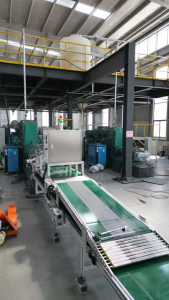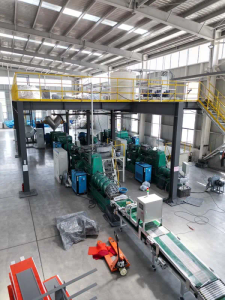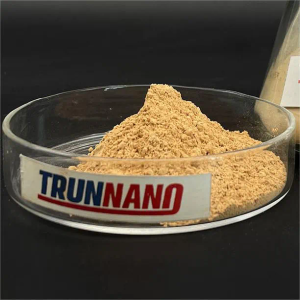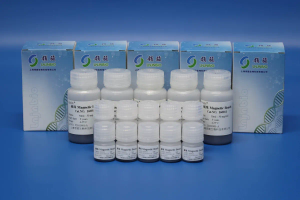Glass Lined Reactor Repair Techniques
Glass lined reactors are widely used in the chemical and pharmaceutical industries due to their excellent resistance to corrosive materials and ease of cleaning. However, like any industrial equipment, these reactors can suffer from wear and damage over time, necessitating effective repair techniques. This article explores various aspects of glass-lined reactor repair techniques, covering common issues, repair methods, and best practices.
![]()
h2 Common Issues with Glass Lined Reactors
p Glass lined reactors face a variety of issues that may require repair. One of the most common problems is the cracking or chipping of the glass lining, often caused by thermal shock or mechanical impact. Additionally, corrosion can occur if the glass lining is compromised, leading to the exposure of the underlying metal substrate. Other issues include leaks at the flanges or seals, which can result from improper installation or wear over time.
h3 Identifying Damage
p The first step in any repair process is identifying the extent of the damage. Regular inspections should be conducted to detect early signs of wear. Visual inspections can reveal surface cracks or chips, while more sophisticated techniques such as ultrasonic testing can assess the integrity of the glass lining. By identifying damage early, operators can minimize downtime and avoid more extensive repairs.
h2 Repair Techniques for Glass Lined Reactors
p There are several methods for repairing glass lined reactors, depending on the type and severity of the damage. Here, we outline some of the most effective techniques.
h3 Epoxy Repair
p One of the simplest and most common repair methods is the use of epoxy resin. This technique involves cleaning the damaged area, applying a suitable epoxy adhesive, and then curing it according to glass lined reactor spark test the manufacturer’s instructions. Epoxy repairs are particularly effective for small chips or cracks and can restore the reactor’s functionality without removing the entire glass lining.
h3 Glass Lining Reapplication
p For more extensive damage, such as large cracks or significant areas of wear, reapplying glass lining may be necessary. This process typically involves stripping the damaged glass from the reactor, preparing the surface, and applying a new layer of glass lining. Skilled technicians use specialized equipment to ensure an even application, followed by a curing process that solidifies the new lining.
h3 Utilizing Composite Materials
p In some cases, using composite materials can enhance the durability of the reactor. These materials can be applied over the existing glass lining to provide additional protection against corrosion or mechanical impact. The choice of composite material depends on the specific environment and the types of chemicals being processed within the reactor.
h3 Flange and Seal Replacement
p Leaks at the flanges or seals can often be repaired by replacing the sealing gaskets or the entire flange assembly. It is crucial to select high-quality materials that are compatible with the chemicals being processed. Proper torque specifications must also be followed during reassembly to ensure a tight seal.
h2 Best Practices for Reactor Maintenance
p Preventative maintenance is key to prolonging the life of glass lined reactors. Regular inspections and timely repairs can help avoid major failures. Here are some best practices to consider:
![]()
h3 Scheduled Inspections
p Implementing a routine inspection schedule allows operators to assess the condition of the reactor regularly. Inspections should focus on areas prone to damage, such as seams, flanges, and high-stress points. Keeping detailed records of inspections can help identify patterns of wear and inform future maintenance strategies.
h3 Training and Education
p Ensuring that maintenance personnel are well-trained in repair techniques is vital. Regular training sessions can keep staff updated on the latest repair methods and safety protocols. This knowledge not only enhances the quality of repairs but also contributes to a safer working environment.
h3 Environmental Considerations
p Different operating environments can affect the longevity of glass lined reactors. Factors such as temperature fluctuations, humidity, and the corrosiveness of the materials being processed should be taken into account. Operators should monitor these conditions closely and adjust their maintenance practices accordingly.
h2 Conclusion
p In conclusion, the proper maintenance and repair of glass lined reactors are essential for ensuring their longevity and efficiency. By understanding common issues and employing effective repair techniques, operators can minimize downtime and maintain optimal performance. Regular inspections, staff training, and consideration of environmental factors are critical to a successful maintenance strategy. As advancements in materials and techniques continue to evolve, staying informed about the latest developments in glass lined reactor repair will further enhance operational reliability in the chemical and pharmaceutical industries.
https://oaicon.com/




